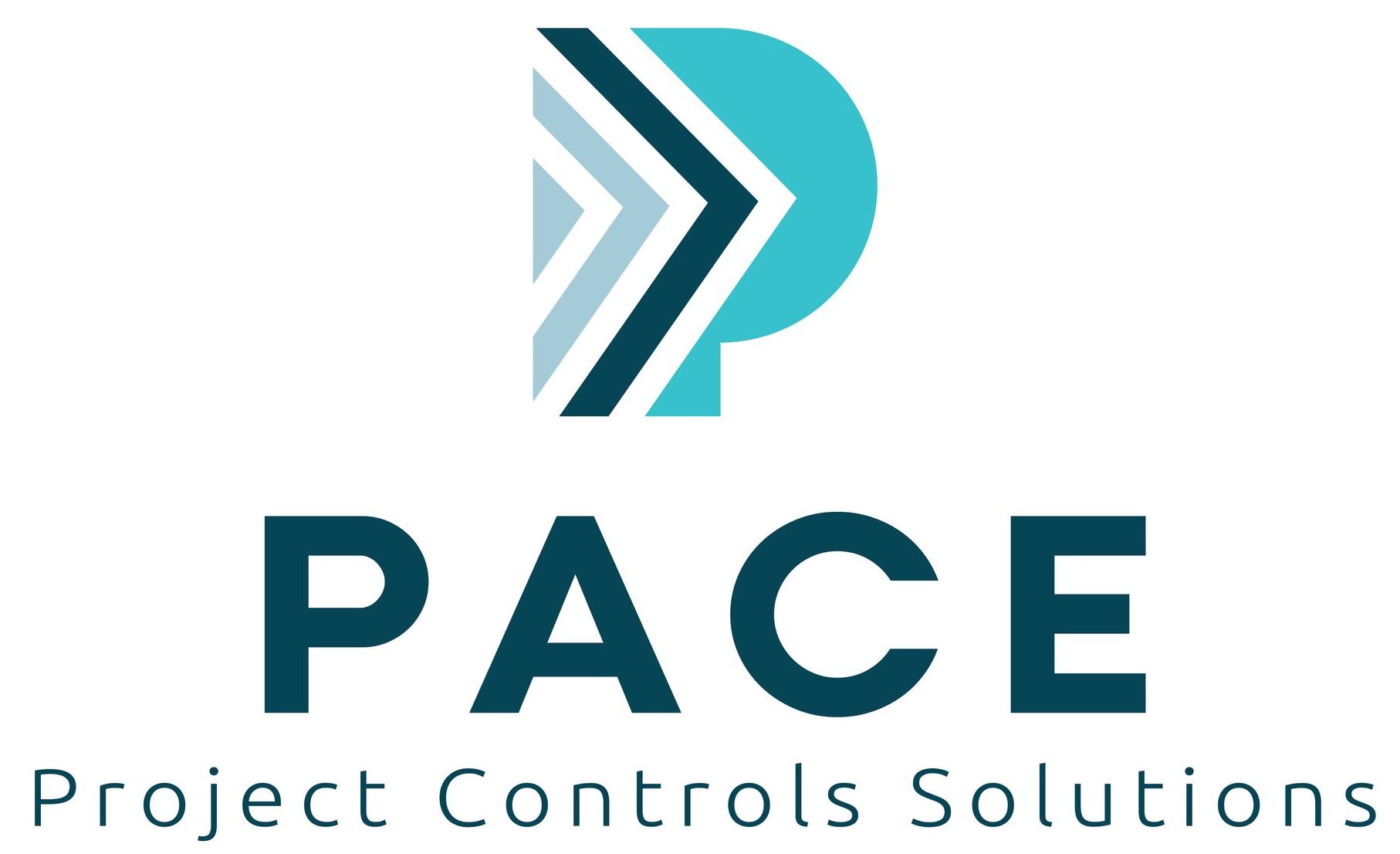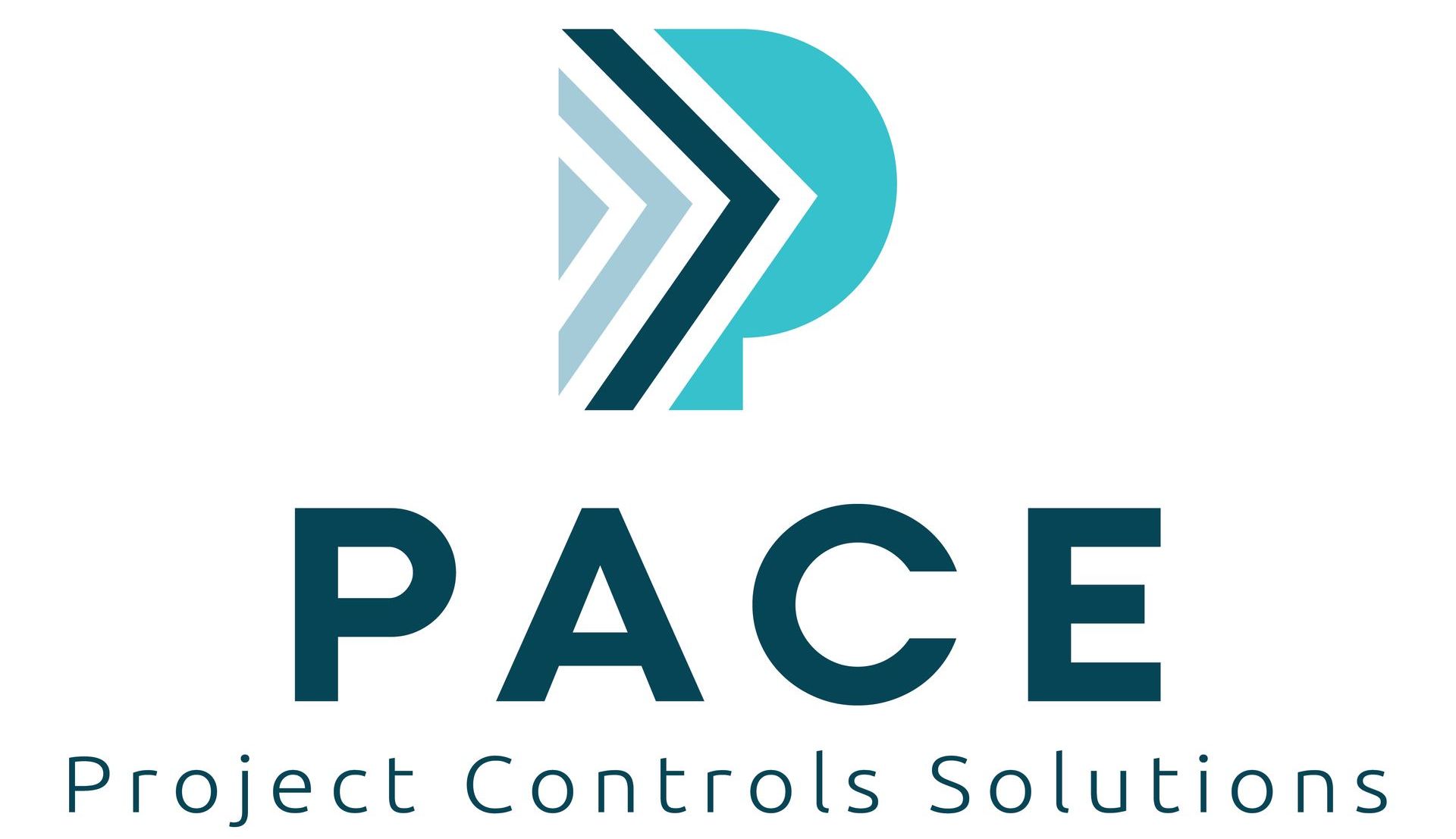7 Ways to Research a Company's Culture Before You Apply
When it comes to career happiness, “culture” is a major factor. Yet, many job seekers struggle to define what a good workplace culture looks like for them, let alone identify it during the recruitment process. A company’s culture can make the difference between a job that energises you and one that leaves you dreading Monday mornings.

So, how can you uncover a company’s culture before you’ve even stepped through the door? Here are seven practical steps to guide you.
1. Get Clear on Your Ideal Culture
Everyone wants to work in a "great culture," but what does that mean for you? Without a clear definition, you risk chasing vague ideals that may not align with your personal goals.
Start with a list.
- Write down what you want from a workplace: growth opportunities, work-life balance, collaborative colleagues, or clear communication.
- Think of three examples of what "great" looks like for each item.
For instance, if work-life balance is important to you, a "great" example might include a flexible working policy, generous holiday allowances, or a culture that respects boundaries outside work hours. The more specific you can get, the easier it will be to assess potential employers.
2. Review the Company’s Benefits Page
The company’s careers or benefits pages are often a treasure trove of insights into its culture. While they won’t reveal everything, they can give you a sense of the company’s priorities.
Look for mentions of benefits or initiatives that align with your cultural values. If professional development is high on your list, does the company offer training programmes or mentorship schemes? If diversity matters, do they celebrate inclusion with concrete examples?
If the benefits page feels generic or lacking, don’t give up. Move on to the deeper investigative steps below.
3. Read Glassdoor Reviews
Glassdoor is a goldmine for understanding how current and former employees perceive a company. But tread carefully—it’s essential to focus on the right reviews.
What to ignore:
- Overly negative 1-star reviews (often outliers or personal grievances).
- Overly glowing 5-star reviews (sometimes overly optimistic or even manufactured).
What to look for:
- Honest, balanced reviews (typically rated 2-4 stars).
- Specific mentions of workplace culture, such as collaboration, leadership styles, or flexibility.
These reviews often provide anecdotes that can help you piece together an accurate picture of the day-to-day environment.
4. Listen to Interviews with Leaders
Culture starts at the top. The way leaders talk about values, priorities, and employee wellbeing can be a strong indicator of the company’s actual culture.
To dig into this:
- Search for "[Company] Leadership Team" and note the names of key executives.
- Look up podcasts, interviews, or keynotes featuring these leaders using search terms like “[Name] culture podcast” or “[Name] leadership keynote.”
Pay attention to how they describe company values. Are they consistently mentioned across different forums? Do they back up their claims with examples? Passionate and transparent leaders often reflect a culture of openness and trust.
5. Find Former Employees on LinkedIn
Former employees can offer a wealth of insights, especially those who left for better opportunities.
Use LinkedIn to search for people who previously worked at your target company:
- Click “All Filters” on LinkedIn.
- Add the company to the “Past Companies” field and explore profiles.
Look at their job progression. If many left for similar reasons (e.g., better work-life balance or a more inclusive workplace), this could signal cultural weaknesses. You may also find valuable observations in their LinkedIn posts or public endorsements.
6. Research Current Employees Online
Your potential colleagues will play a significant role in shaping your work experience. Researching their professional profiles can help you understand whether they align with your values and aspirations.
Using LinkedIn, find people in your target role or department. Review their profiles and public activity for clues about:
- Shared values (e.g., promoting sustainability or supporting diversity).
- Career paths (e.g., staying long-term versus frequent job changes).
- Their engagement with industry trends and ideas.
If you can’t see yourself connecting with the team on a personal or professional level, it’s worth considering whether the company’s culture aligns with your own.
7. Ask the Right Questions During Interviews
The interview isn’t just about whether you’re a fit for the company; it’s also your chance to evaluate them. When it’s your turn to ask questions, focus on the culture.
For example:
- “I read that X is a big part of [Company]'s culture. Can you give me an example of how you’ve seen that play out?”
- “How does the company celebrate success and achievements?”
- “What support is available for employees’ personal and professional growth?”
These open-ended questions encourage interviewers to share tangible examples, giving you a clearer sense of what it’s like to work there.
Why Researching Culture Matters
Taking the time to research a company’s culture before applying is an investment in your future happiness. A misaligned culture can lead to disengagement, burnout, and frustration, while a good fit can propel your career forward and improve your overall quality of life.
By following these steps, you’ll equip yourself with the knowledge to make informed decisions, ensuring that your next role aligns with your values and aspirations.
After all, career happiness isn’t just about the work you do—it’s about the environment you do it in.
Explore
Quick Links
Join Us
Join Us
Thank you for subscribing.
We will keep you up to date with latest news and updates from Pace Global.
You can unsubscribe at any time via email to info@paceglobal.org or from our emails directly.
Please try again later.
Join Us
We will get back to you as soon as possible.
Please try again later.
© 2024 All Rights Reserved | Privacy Policy
Powered with
by Shazamme.com
Powered with
by Shazamme.com

